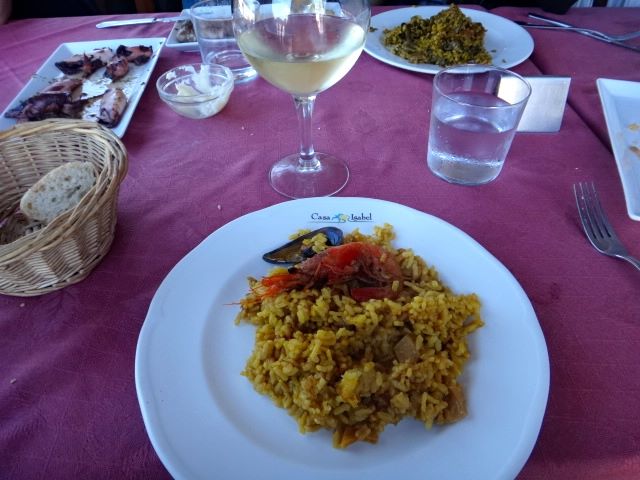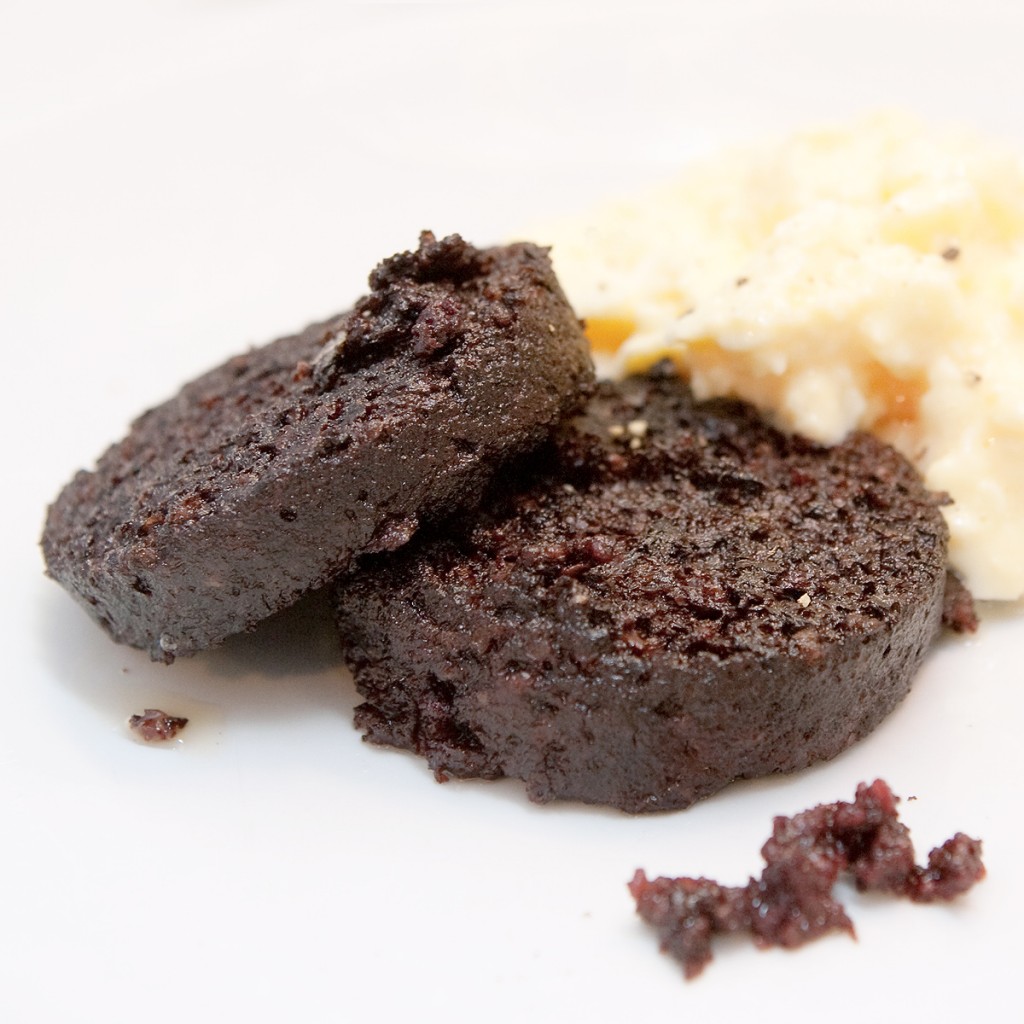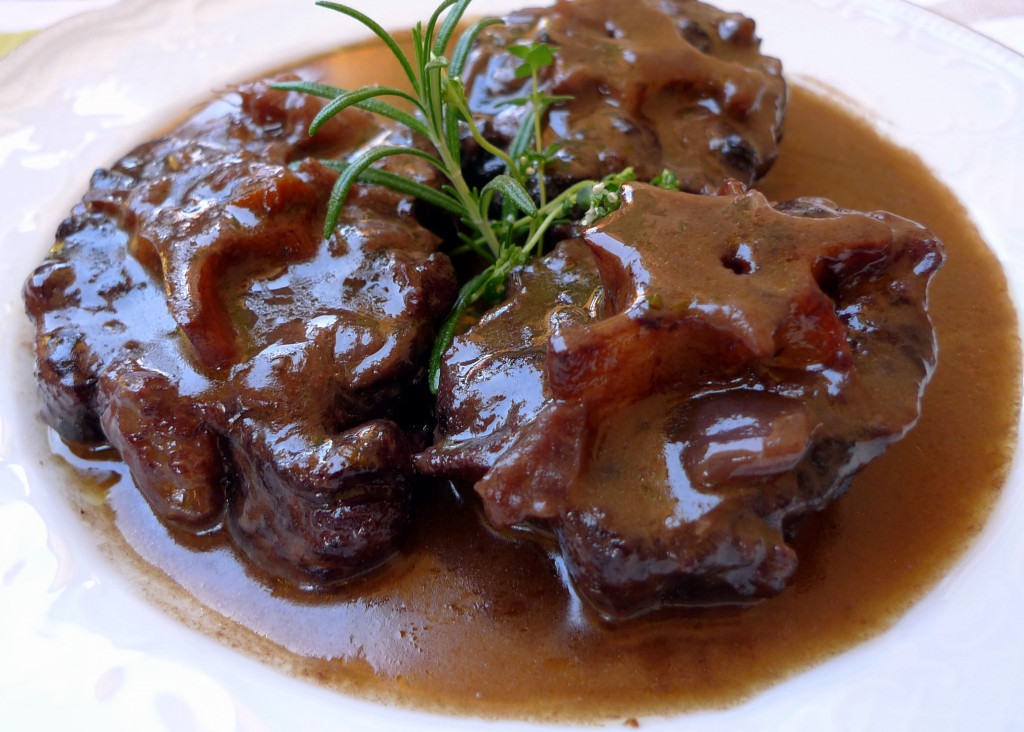Studying abroad is a time that all university students look forward to during their four years. Classes aren’t necessarily a top priority; rather students care more about the city’s nightlife, culture and of course — the food. In this series, we ask those who are currently making their friends jealous with awesome Facebook posts to give us some insight about what they’ve been eating. If you plan to study abroad in the same city, perhaps you’ll learn a thing or two.
SU: Spoon University
SK: Steve Kearns is a sophomore Public Relations major currently studying abroad in Madrid, Spain at the Instituto Internacional de España.
Q&A
SU: What dish were you most excited to try? Why? Have you had it yet? Did it live up to your expectations?

Photo courtesy of Steve Kearns
SK: I was particularly excited for the paella, which although I found out is a purely summer (and coastal) Spanish dish, was incredibly delicious. Paella is a Spanish rice dish infused with saffron that typically has a mix of seafood, chicken or vegetables. I recently traveled to Valencia, a town on the Mediterranean coast of Spain where the dish originated, and again ordered paella. The grainy, coarse texture of the rice coupled with the succulent seafood was a real treat for me.
SU: Any weird quirks about Spanish cuisine? Weird dishes?

Photo courtesy of Steve Kearns
SK: One word: morcilla. Though we really don’t have something similar to this dish in the United States, perhaps the closest thing I can compare it to is blood sausage. Morcilla is a traditional Spanish dish that is, more or less, roasted blood. Though it looks like a chocolate tart in appearance, it has a very rich and bloody taste that I was not quite prepared for when my host family served it to me, and I don’t know that I’ll be having it again by choice any time soon.
SU: What’s the best dish you’ve eaten there so far?

Photo courtesy of Steve Kearns
SK: That would have to be rabo de toro. It’s a slow cooked, stew-like dish that includes bull or ox tail, carrots, celery and potatoes that’s unique to Spanish cuisine. As I love stewed meats back home, this was perhaps one of the most delicious things I’ve ever eaten, not just here in Spain.
SU: Any really great restaurants/cafes you’ve found near your study abroad school?
SK: My friends and I have befriended a barista at a coffee shop called Aromas de Dakar not terribly far from our school where we can study, drink or just hang out with some great tapas. Even better, my school also has a sprinkling of bakeries and bars directly next to it where you can pick up cookies for under 1 euro or have a few drinks (the custom here) during your lunch hour. I take advantage of this Spanish custom more often than not.
Each restaurant also has a menú del dia, which is a pre-fixe menu that is offered only during lunch. Typically, it will include an appetizer (usually a large salad or soup with bread), a meat/seafood course, a dessert (usually a tart or ice cream) as well as a glass of wine. Each menú del dia is priced around 10 euro (13 dollars) and is by far Spain’s best-kept food secret. Great value, excellent food and lots of it.
SU: Where are you living? Do you cook for yourself or do you go to a dining hall or eat out? What’s a typical dinner?
SK: I live with a Spanish host family, meaning that I am provided with three delicious meals per day by my host mom. Of course, my friends and I will elect to go out for dinner at times to explore Spanish cuisine, but I spend most mealtimes in Madrid at the table with my host family as she is an excellent cook. Though dinners in Spain are small and usually occur at around 10:30 pm, the largest and by far most important meal of the day is called la comida, or lunch. This is where Spaniards sit down for nearly 2-3 hours in the middle of the day (the explanation for the Spanish siesta) with family to eat a large meal. Typically, you’ll begin la comida with a vegetable soup and lots of bread. Next comes a seasoned meat or seafood dish accompanied by Spanish rice and potatoes. There will be a salad with oil and vinegar topping to eat after the meat, and then a tart-like dessert. After dessert, if you still have room, fruit and yogurt will be presented to finish off the feast. Pretty intense, no?
SU: What are some main differences you’ve noticed in either the food or dining experience?
SK: Spain is a culture very much focused on hospitality, meaning if you go to a café with friends and order a few drinks, no doubt you will be brought complimentary tapas and even shots, all free of charge. I love the culture of relaxation and generosity here; it really translates well into delicious and abundant food.

